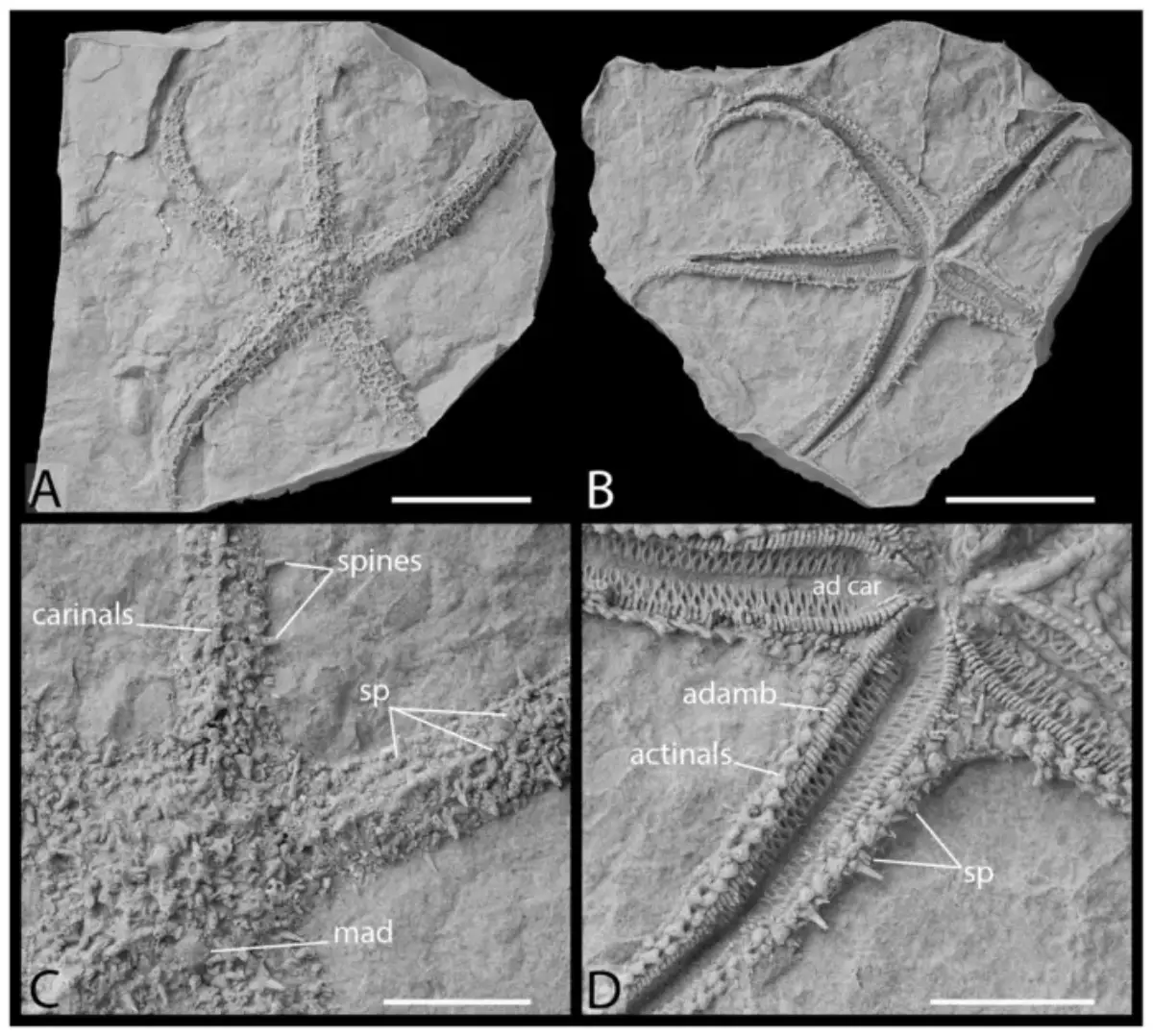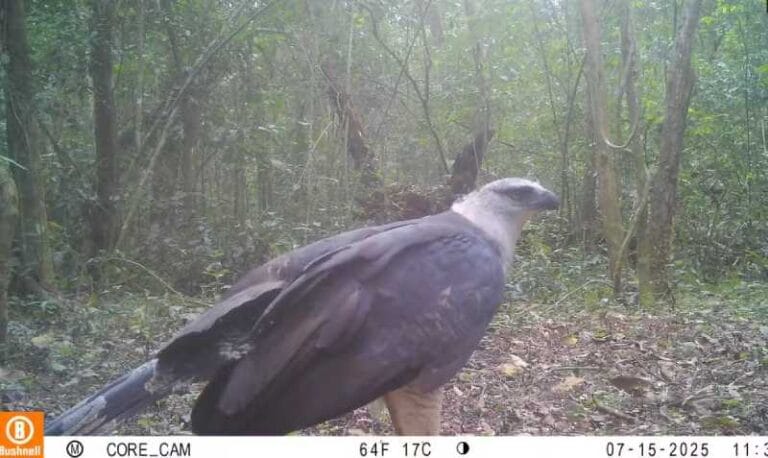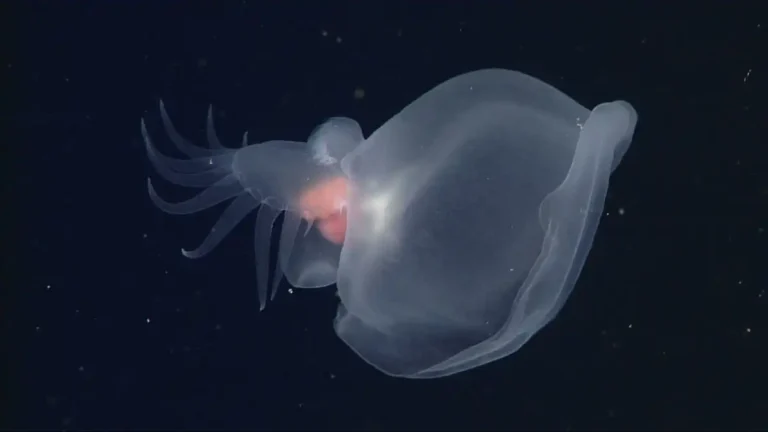Delayed evolutionary origin of Asteriidae sea stars

A study published in PeerJ Life and Environment has significantly revised our comprehension of the evolutionary history of sea stars, specifically within the family Asteriidae. The research, titled “Phylogenetic and Taxonomic Revisions of Jurassic Sea Stars Support a Delayed Evolutionary Origin of the Asteriidae,” presents new evidence that challenges long-held assumptions regarding the evolutionary timeline of these marine invertebrates.
Sea stars belonging to the superorder Forcipulatacea, which encompasses approximately 400 species, play a crucial role in marine ecosystems. For over a century, the systematics of this group have been a subject of debate among scientists, resulting in various classifications.
This recent research re-evaluates six well-preserved Jurassic sea star fossils, concluding that none of these Jurassic taxa are affiliated with modern families such as Asteriidae. Instead, they are identified as stem-forcipulatids, indicating that the Asteriidae family likely emerged later, during the Late Cretaceous period, rather than in the Jurassic as previously proposed.
Key Findings:
- Comprehensive Phylogenetic Reassessment: The study employed cutting-edge phylogenetic methods to analyses 42 fossil and extant sea star species, creating the largest phylogenetic dataset for Forcipulatacea to date. This comprehensive matrix of 120 morphological traits provided a fresh perspective on the evolution of this group.
- Discovery of New Genera: Researchers described two new Jurassic sea star genera, Forbesasterias and Marbleaster, which contribute to our understanding of early sea star diversity and morphology.
- Delayed Origin of Asteriidae: The research concludes that Asteriidae, the largest family within Forcipulatacea, and the third largest family of sea stars, likely evolved during the Late Cretaceous, up to100 million of years after the Jurassic species analyzed in this study. This contradicts previous assumptions that placed the origin of Asteriidae in the Triassic or Early Jurassic.
- Early Diversity of Forcipulatacea: The findings also suggest that Forcipulatacea was more diverse in its early evolutionary stages than previously believed, providing new insights into the adaptive radiation of these species.

Methodology:
The research employed a Bayesian tip-dating analysis that incorporated the fossilized birth-death process to estimate evolutionary relationships and timelines. This methodological approach facilitated the temporal calibration of the phylogenetic tree, yielding a more precise representation of the evolutionary history of the group.
Lead author Dr. Marine Fau noted, “Our study reshapes how we think about the evolutionary trajectory of one of the most significant clades of sea stars. The delayed origin of Asteriidae has major implications for understanding the diversification of marine species in the Mesozoic era.”
Implications for Marine Biology:
The findings of this research carry significant implications for the field of marine biology, particularly for paleontologists and evolutionary biologists. By classifying these Jurassic sea stars as stem-forcipulatids, the study extends the timeline for the evolution of modern sea star families and paves the way for future investigations into the adaptive strategies of these ancient species in their respective environments.
The study was published in the journal PeerJ.






